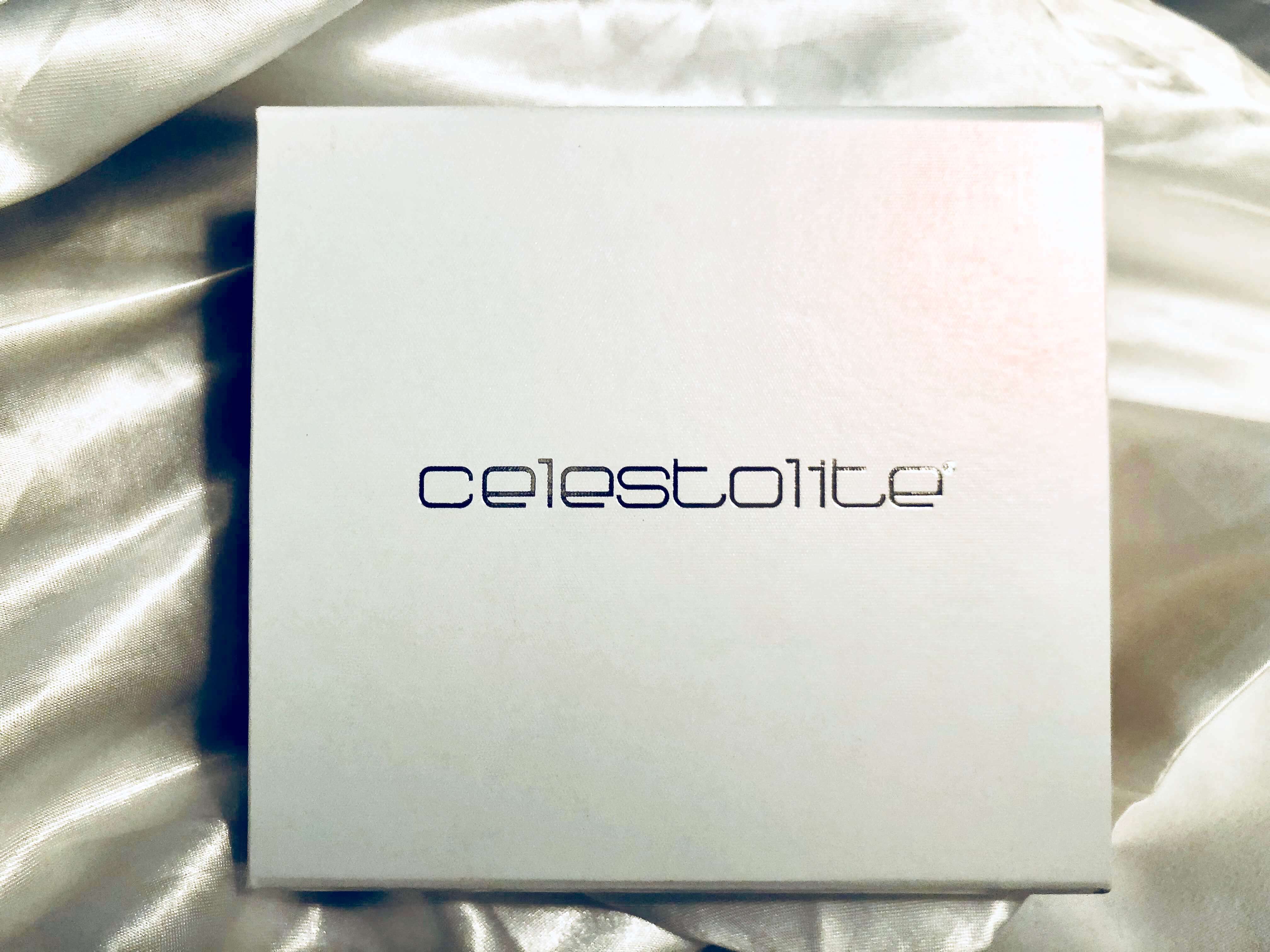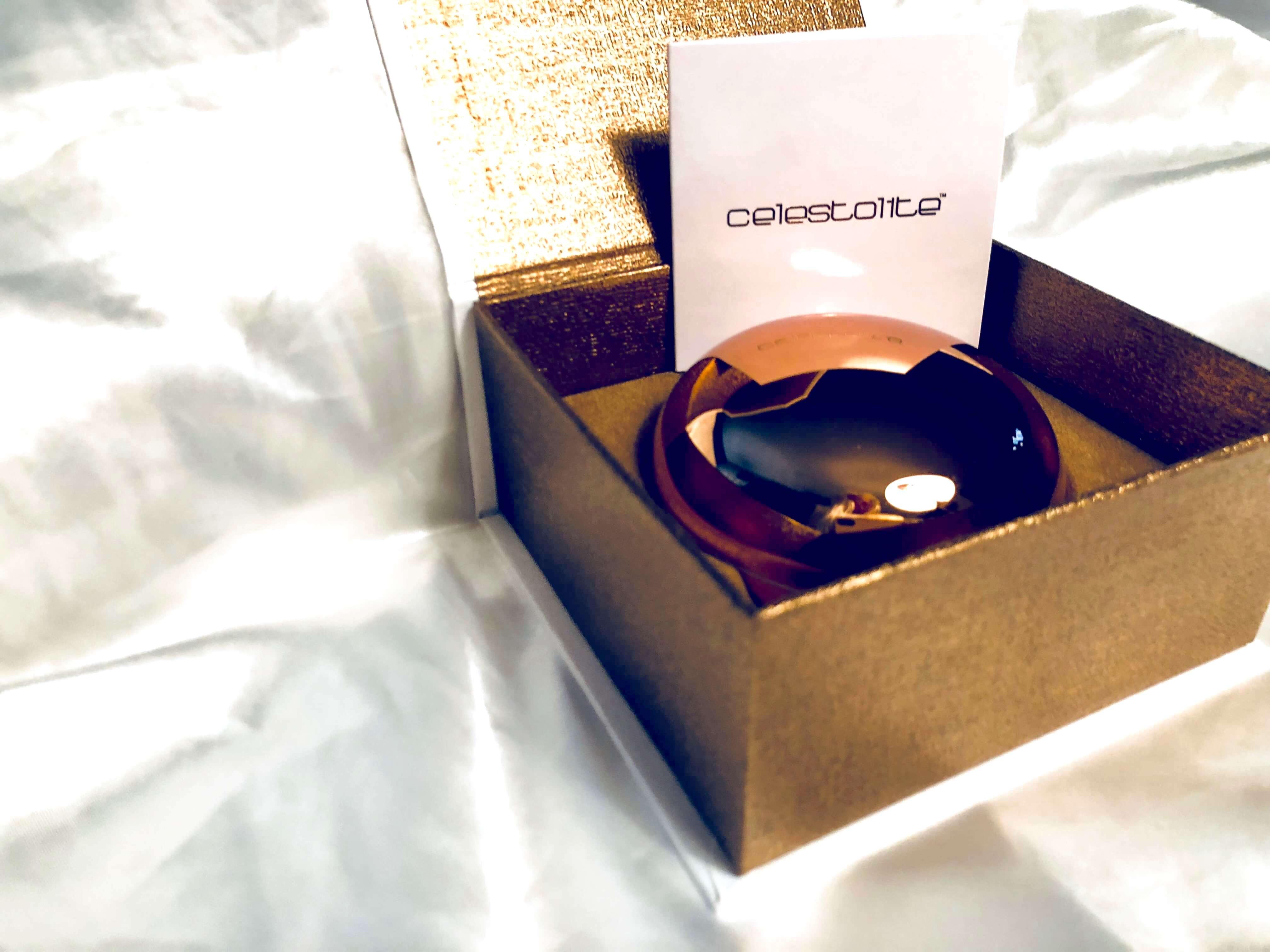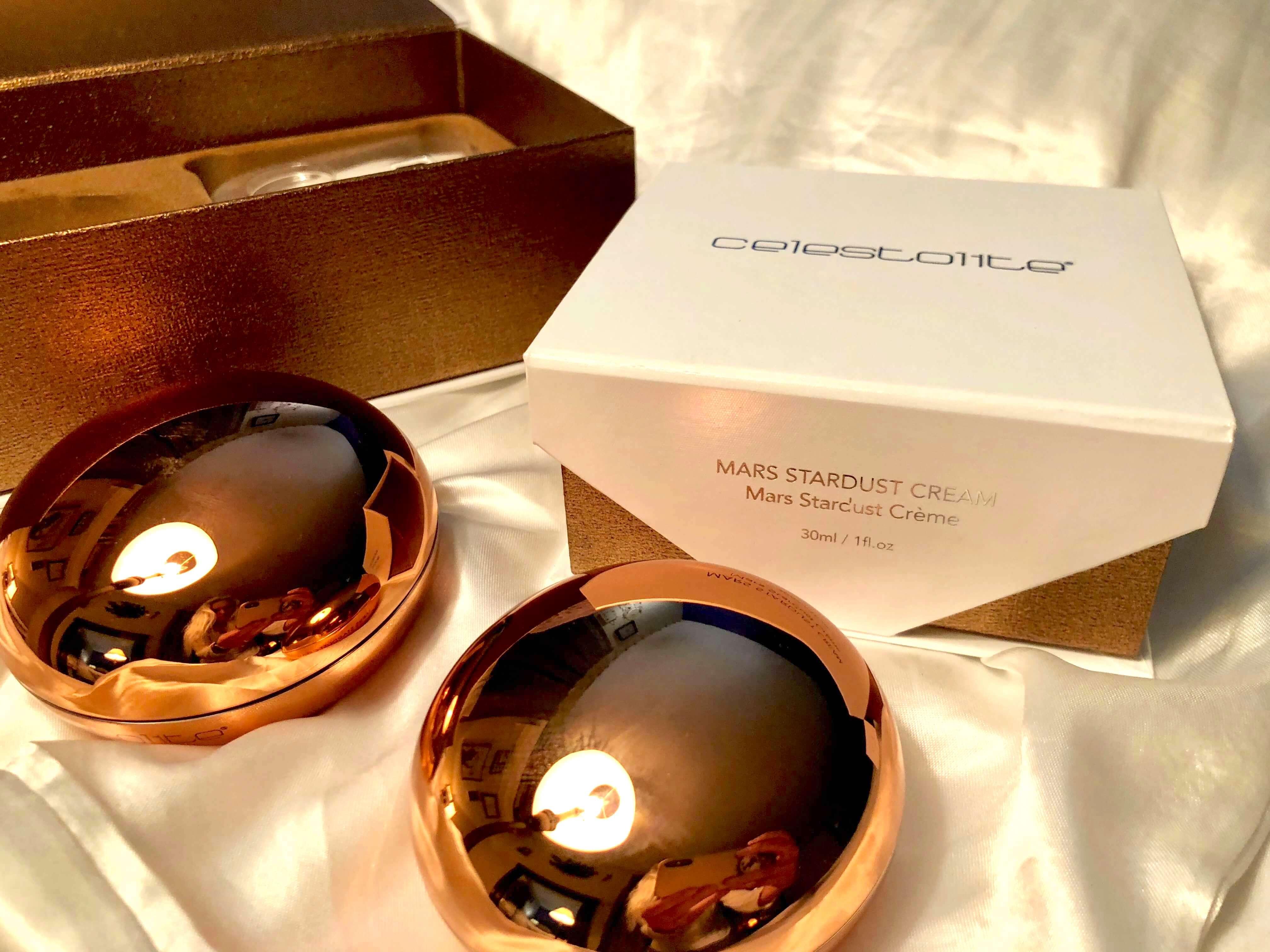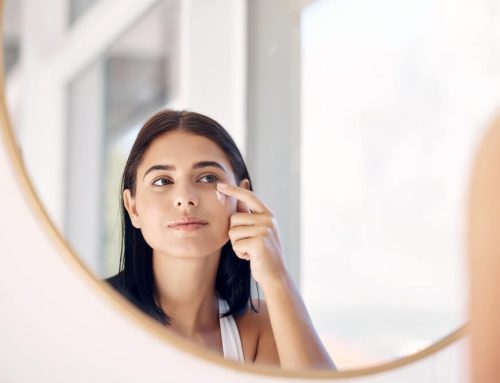It’s no secret that our skin experiences change as we age—it’s inevitable! As we mature our skin begins to wrinkle and sag, but have you ever wondered why this happens? To better understand the aging process of the skin we should first review the basics of skin.
While skin has many layers, they can ultimately be divided into three main parts: the epidermis (i.e., the outer layer), the dermis (i.e., the middle layer), and the hypodermis (i.e., the innermost layer). The epidermis is built out of connective tissue, proteins, pigments, and skin cells of course! This is the layer that protects our body from exterior and environmental factors. The dermis is a strong connective tissue that contains hair follicles, oil and sweat glands, blood vesicles, and nerves. This layer provides nourishment to the epidermis. Finally, the hypodermis is composed of fat cells and connective tissue, and much like the middle layer of skin, it encompasses hair follicles, oil and sweat glands, and blood vesicles. The one thing that all three layers have in common is connective tissue; connective tissue contains collagen fibers which provide support to the skin, and elastane fibers which give the skin strength and flexibility. As we age the outer most layer of skin begins to thin, and the connective tissue begins to diminish, ultimately leaving the skin weaker thus causing sagging and wrinkles.
Change Takes Time
Of course, our skin doesn’t get wrinkles overnight. In fact, you can expect to face new signs of aging during each decade of life. To give you an idea of what to expect as you age I’ve broken it down for you—read on to find out what your skin goes through decade by decade.
Twenties: By your early twenties breakouts and blackheads are usually a thing of the past, but that doesn’t mean that can slack on your skincare regime. Once you enter your mid-twenties the skin may start to feel dry—while this may seem like no big deal at first, dryness often leads to a dull appearance and early signs of wrinkling. The first few places that people start to notice wrinkling are around the delicate eye area, as well as the outer corners of the lips.
Thirties: By the time you enter your thirties your body’s metabolism begins to slow down. Not only does this effect our weight and energy levels, but it also effects our skin. When the metabolism declines so does the amount of collagen and elastin (remember, collagen and elastin give the skin support, strength, and flexibility). Your skin will start to appear thinner and less plump then it did in the years past. Any wrinkles the formed around the eyes and mouth in your twenties will become deeper, but that’s not all. By your mid to late thirties you may start to notice age spots, sun spots, and broken capillaries. The delicate undereye area becomes even more sensitive and you may even notice puffiness around your eyes when you wake up in the morning.
Forties:Onc e you enter your forties the cellcycle or lifecycle of your skin cells start to decelerate, meaning that cell turnover takes longer than it did before. The wrinkles that deepened in your thirties will now become more defined and noticeable. Elastin levels are much lower than before causing your skin to sink and sag.
Fifties and onward: Around the time you enter your fifties you will notice your skin becoming progressively drier. This is the result of decreased levels of estrogen. Dry skin during this era of life is especially common for those who experiencing menopause (again, due to the decline in the body’s estrogen levels). Sun spots will become darker and your skin may feel rough. Your wrinkles will begin to settle, making sagging more apparent as gravity draws the skin downwards.
So, What Can You Do?
One thing that skincare professionals have pounded into my head over the years is that it is much easier to prevent the skin’s aging process than it is to reverse the effects. The good news is that there are a number of products on the market today which provide the skin with the nourishment needed to combat the effects of aging.
As far as anti-aging products go, my latest obsession is Celestolite’s Mars Stardust Cream. Now, I’ve used Celestolite’s products in the past, so I was beyond excited when I found out that Celestolite was sending me their Mars Stardust Cream, in exchange for my honest review. For those who are unfamiliar with Celestolite or have never used their products, they offer a variety of exceptional products which are formulated with elite ingredients—their most raved about ingredient: powdered meteorite, also known as meteorite dust or stardust. If you follow skin care innovations or beauty trends, chances are that you may have heard celebrities and skin care experts rave about stardust.
For those of you who’ve not heard about meteorite powder (or maybe you have, but you’re just not entirely sold on the concept) I did some digging to learn more—specifically, I was curious if meteorite powder is just a trend, or a skin care innovation. I was presently surprised with what I found! That is, meteorite powder is a natural ingredient that has been tested and approved by the INCI (International Nomenclature of Cosmetic Ingredients) and supported by the FDA (Food and Drug Administration). Upon being approved by the INCI meteorite powder was put through a regulated testing process; the results found that Stardust is GMO and preservative free, contains no Ethoxylation, Irradation, Sulphonation, and is 100% biodegradable. Stardust is unique in that it is an outstanding exfoliator but does not feel rough or gritty on the skin. Its smooth texture makes it a great ingredient for mineral makeup, skin care, and even hair care.
You’re probably wondering where meteorite powder comes from. Well, as you may remember from your school days that meteorites are shooting stars. As these stars fall into the earth’s atmosphere it burns, allowing ash (or meteorite dust) to fall to earth. Of course, some shooting stars land on earth before burning off entirely; although rare, the remaining rock is composed of a unique internal structure that is unlike any naturally occurring rock found here on earth. This unique structure is a very stable ingredient meaning that it mixes well with other ingredients when formulated into skin, hair, and beauty products. So, are you sold on the concept of meteorite dust yet? I know I was!
Mars Stardust Cream
I was already excited and had high hopes for Celestolite’s Mars Stardust Cream. Of course, the experience of this new product felt even more special thanks to the packaging; the Mars Stardust came packaged in a sturdy box that opens and closes with a magnetic mechanism. When you open the box, you notice a velvet-like lined setting to hold the product in place.
There really is no fragrance to this lotion, which I appreciate—when skincare smells good that usually tells me that it’s filled with fragrance and other additives that aren’t the best for your skin. The cream was thicker than I expected but it almost melts when it comes in contact with the skin, so a little bit goes a long way! I use an almond-size amount of cream and am easily able to cover my entire face and neck. Immediately after application my skin felt soft and hydrated (similar to how it feels after applying a face oil). I apply this product before bed and find that my skin still feels hydrated and has a healthy glow when I wake up in the morning.
Now, I’m 23 years old, so I will continue to use this product as part of my regime to prevent the signs of aging. While I’ve not used it long enough to see any drastic or immediate results, I am confident that my skin will reap great results because of the cream’s ingredients. Below I’ve listed some of the products key ingredients and explain why they make Celestolite’s Mars Stardust Cream a great anti-aging product!
Meteorite Powder: of course, you know all about meteorite powder by now, but just in case you wanted to know a bit more, meteorite powder has a high mineral content which works hand-in-hand with the below ingredients to slow the aging process while restoring a natural, youthful appearance to your skin. According to Celestolite’s website the meteorites they use are “…gathered from secluded areas of Morocco. They are purified and cleaned, then carefully powdered to a small particle size so that it can be incorporated into Celestolite products and the nutrients can be utilized.”
Collagen: earlier we discussed the skin’s connective tissue and how it is composed of collagen and elastane fibers. Collagen itself is actually a protein—the most profuse protein found in the human body, a matter of fact— that is made of amino acids. Collagen gives skin the firm and youthful appearance that we want to hold on to. By applying collagen topically, we can prevent the weakening of the naturally occurring protein in skin’s connective tissue. When applying collagen on a regular basis you will slow the aging process and even notice a youthful, radiant glow.
Caffeine: yes, the stimulant found in your morning coffee is often included in skin care products, all thanks to its beneficial properties. When applied topically caffeine has been found to have antioxidant-like properties, specifically, some studies have found that it may protect the skin form harmful, cancer-causing UV rays. Additionally, when caffeine penetrates the skin it has a very calming effect by reducing puffiness and redness. Finally, caffeine works to constrict the skin (making it appear more firm) and even reduce the appearance of broken capillaries.
Sodium Hyaluronate: perhaps you’ve heard of hyaluronic acid, a very common ingredient found in facial moisturizers today. Hyaluronic acid is a naturally occurring carbohydrate that is found in—you guessed it—the skin’s connective tissue. Sodium hyaluronate is the sodium found in hyaluronic acid, it has the same effects of hyaluronic acid but is a much smaller molecular compound. It is a very gentle, moisture binding ingredient that works overtime to deliver 1000 times its weight in water. This means that, when applied via a lotion or cream, sodium hyaluronate penetrates the skin, replenishes lost moisture and ultimately leaves the skin looking and feeling smooth and hydrated.
Betaine: this amino acid has many properties which mirror the genetic makeup of plant juices is an ideal ingredient for an antiaging product. For starters, it is considered an anti-irritant ingredient due to its skin relief properties—ultimately, betaine has the ability to calm the skin when experiencing irritation or even after exfoliating or waxing. Further, its small molecule make-up has a superior ability to seek and retain moisture, without leaving behind any sort of residue. When applied topically, products with betaine offer immediate anti-aging effects by temporarily filling wrinkles (thus reducing their appearance), and providing moisture so skin looks and feels smoother.










Leave A Comment